Six Things that Work Aboard âStar Trek: Discoveryâ
Star Trek: Discovery not only looks but thinks like an emotional yet plot-driven epic, with equal budget given to both effects and ideas, at least within its first two stories.
For Christian fans, this marks a welcome chance to return to the classic secular humanist worldview of the Trek universe. But so far, the story itself seems to want to lead the way in challenging this worldview. By pitting the still-new and peace-seeking Federation against the Klingons, noble yet aggressive warriors who speak in terms of battle and not peace, the story asks: how should the Federationâs (godless) utopian ideals respond to this challenge?
Despite odds and controversies, both the pilot episode, âThe Vulcan Helloâ and the second episode, âBattle at the Binary Stars,â1 show that most of this starshipâs parts work very well. These include:
1. Respect for whatâs come before.
Yes, there are exceptions. (See Klingons, below.) But this series is set in the âprimeâ universe, the original Star Trek timeline before the recent film series spinoff in an alternate reality. The ships look rougher, more like Enterpriseâs prototype(s) than the sleek crafts of The Next Generation and beyond. A greater story purpose (see below also) fits into pivotal Trek history. Plenty of Easter eggs, such as a bottle of Chateau Picard wine, honor past Trek.
2. A reason for the story.
How did the Klingons and Federation end up in the âcold warâ lasting through Kirkâs tenure on the Enterprise and ending before The Next Generation era? Star Trek: Discovery begins to answer this, and in a manner very timely to todayâs socio-political challenges.

3. Relevant and provocative themes.
I like Star Trek: Voyager and Star Trek: Enterprise. But neither series really offered the timeless human ideas throughout Star Trek: The Next Generation, to say nothing of the single epic woven throughout most of Star Trek: Deep Space Nine. Star Trek: Discovery seems to mark a return to harder-hitting themes.
Sure, the creators overplayed their âweâre wokeâ-style rhetoric in media interviews. They emphasized the seriesâ diversity. (Duh, itâs Star Trek, which has always offered ethnically diverse castsâyou may as well celebrate it because it has spaceships.) They emphasized the Klingonsâ nationalism which is similar to some modern-day nationalists. (Again, Trek has always explored contemporary conflicts, such as the real Cold War and terrorism.)
But the story can speak for itself. At heart of the initial two-parter: should the Federation have shot first? Two Starfleet heroes clash (on the bridge, no less) about this notion. And in the second storyâs most poignant moment, a wounded bridge officer begs to know âWhy are we fighting?â Indeed: how does an enlightened, peace-loving people respond to sin?
4. Classic humanism.
Star Trekâs heart is classic humanism, the kind espoused by Trek creator Gene Roddenberry and which once existed alongside generic Judeo-Christian values. (It also espoused some nasty idolatry, including but not limited to male chauvinism and mindless fornication.)
The film series made famous by director J.J. Abrams dispensed with this belief system. In the first film, Captain Christopher Pike tells James Kirk that the Federation is âimportantâ but we donât hear about its beliefs. As a Christian, I appreciate this and yet donât. Non-belief isnât always better than principled belief in the wrong idea (even classic humanism). And Star Trek more closely approaches a biblical worldview when its stories explore the good potential of humanity, and yet the evils and ethical compromises that hold us back from it.
In Star Trek: Discovery, this sense of optimistic humanism is back. This isnât like a more-mystic man-centered religion that suspects weâre a blight on the planet. 2 Here, the newly forged Federation truly seeks peace and cooperation throughout the universe. Its leaders are known for saying, âWe come in peace.â But the story is honest enough to show that not everyone instantly aligns with good guys just because theyâre good and want peaceâand even more surprisingly, it asks us to empathize with these villains.

5. Klingon awesomeness.*
Iâm with fans: I donât like the new Klingonsâ appearance as Klingons. Theyâre not only really, really grotesqueâitâs hard to see their eyes and facial expressionsâbut theyâre stiff. I donât believe these guys could charge into battle. Here, they do a lot of standing around looking at holograms and talking about their religion. They speak only in Klingon, but very slowly.
However. These are great-looking Klingons as an alien race. Theyâre also ethnically diverse, and this in fact plays into the story as a Klingon revolutionary makes a point of showcasing how his crew accepts even Klingons others would consider racially deviant. Their leader is clearly a religious radical. But this story dares to explore his worldview, right down to the nationalistic parts. If the creators wanted to make them âTrump supporterâ-style villains, theyâre doing a bad job; at least so far, the story is challenging us to kind of like them.
6. Sweet effects and space battles.
Star Trek: Discovery may be set in Trekâs prime continuity. But its cinematography and effects resemble the big-budget âKelvinâ universe flare, right down to actual lens flare. Warp speed effects have changed (as they did between The Original Series and The Next Generation). Ah, but those sweet, large-scale space battles, not just for effects-porn but for showing the clash between civilizationsâthose evoke the best scenes of Deep Space Nine.

Bonus thing that worked: Doug Jones as Lt. Saru.
Potential systems failure
Of course, thatâs all limited to Star Trek: Discoveryâs first two stories. Iâm sure more overt, agenda-laden moments are well on their way, including the endorsement of homosexual relationships and beyond. Christian Trek fans will need to deal with those as they come, just as we have with other Trek sex agenda moments, or scantily clad space aliens.
But even those moments will be less potentially tempting, and worth engaging, than Trekâs ongoing themes of Humanityâs Goodness versus Misunderstanding. Weâve always needed to asterisk our Trek fandom. Itâs born of an alien religion, which says âmankind is basically goodâ but cannot, and does not, define this goodness. Trek shows a utopian yet challenging world that exists without God. But such a world canât fulfill its own promise. It cannot exist in reality, not given our real-life conflicts between even people who truly want peaceâand not given the sin-curse in our hearts that only Jesus can cure. But after He does ⊠someday we just may found a real Federation for His glory. I call dibs on the Enterprise-D replica.
- CBS aired the pilot on-air, and the second episode exclusively on its CBS All Access streaming service. Lots of fans have complained about that extra expense. CBS All Access currently costs $5.99 a month with commercials, $9.99 a month without commercials. I think these complaints have little merit, because if you bought the episodes outright on Amazon, each would cost about $2.99. So even if you get CBS All Access only for Star Trek: Discovery, the cost per episode ($10 divided by four per month) is far less. ↩
- Per Scripture including Romans 8, even that âman is a blight on the planetâ view is half-true anyway. ↩






























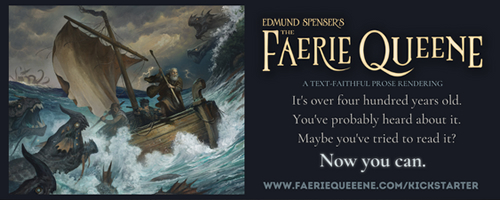


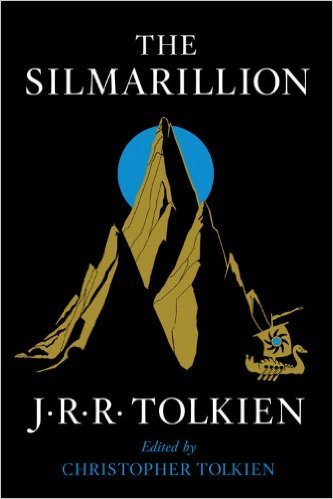

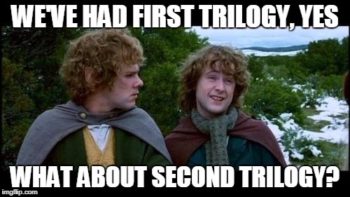 2. Itâs too huge and expansive to turn into a movie.
2. Itâs too huge and expansive to turn into a movie. Weâve parted from Middle-earth on the right foot. No need to ruin that by bringing out a subpar movie that will leave us with a bitter feel in our loyal geek hearts.
Weâve parted from Middle-earth on the right foot. No need to ruin that by bringing out a subpar movie that will leave us with a bitter feel in our loyal geek hearts.

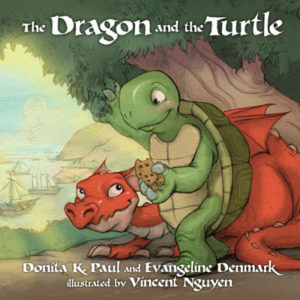 But along with others, Donita Paul flipped the dragon myth in her DragonKeeper Chronicles. Dragons were sometimes cute and cuddly. Dragons were sometimes faithful companions that helped save the day. And dragons were sometimes still villainous, to be defeated.
But along with others, Donita Paul flipped the dragon myth in her DragonKeeper Chronicles. Dragons were sometimes cute and cuddly. Dragons were sometimes faithful companions that helped save the day. And dragons were sometimes still villainous, to be defeated. Of course, ghosts have been flipped for some time—think of Casper the Friendly Ghost or the ghosts in the very old TV program,
Of course, ghosts have been flipped for some time—think of Casper the Friendly Ghost or the ghosts in the very old TV program, 
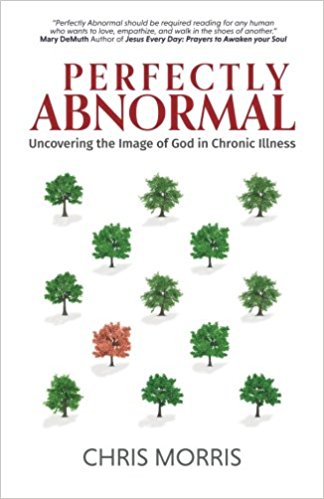 Before I tell this story about chronic illness, you have to promise you wonât picture me naked.
Before I tell this story about chronic illness, you have to promise you wonât picture me naked. Chris Morris is the author of the new book
Chris Morris is the author of the new book 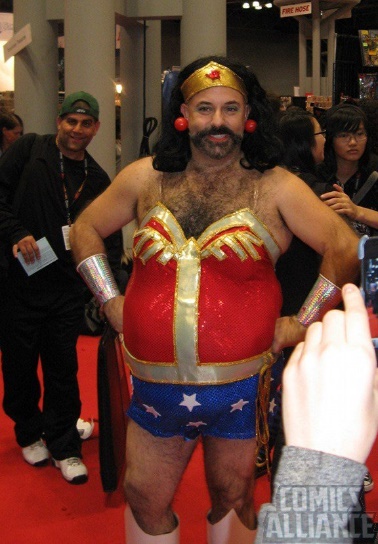



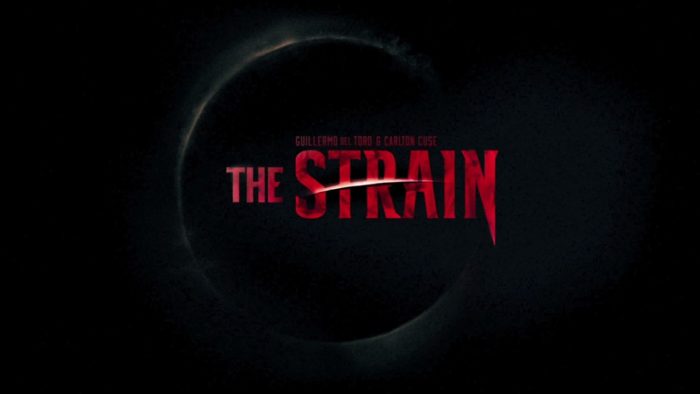
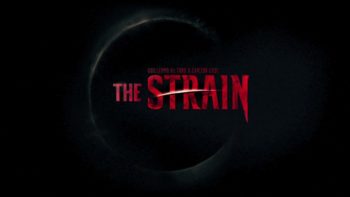


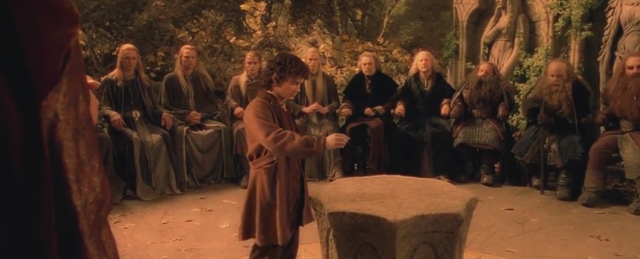
 They show us what we hope for.
They show us what we hope for.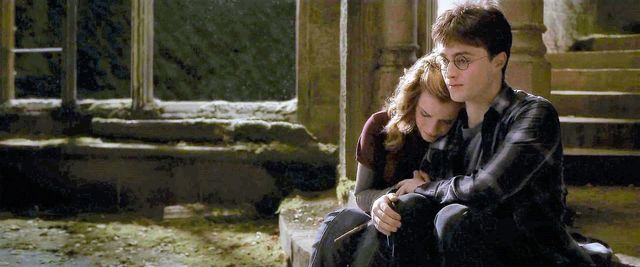


 We live in such a “me” era, which started with the “Me Generation” back in the 1970s and has only escalated with the Generation Me of the following decade. So I hesitated to feature the words “For Me” in the title of this post. On one hand the phrase seems quite contemporary, but does it fit with what God’s word has to say?
We live in such a “me” era, which started with the “Me Generation” back in the 1970s and has only escalated with the Generation Me of the following decade. So I hesitated to feature the words “For Me” in the title of this post. On one hand the phrase seems quite contemporary, but does it fit with what God’s word has to say?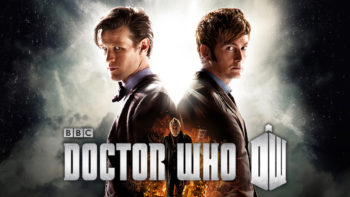 We love creating and pretending. We love cosplay. We love all things fantasy or all things science fiction. We love superheros. We love vampires and werewolves and zombies and dragons and orcs. We love the Borg and we love Dr. Who.
We love creating and pretending. We love cosplay. We love all things fantasy or all things science fiction. We love superheros. We love vampires and werewolves and zombies and dragons and orcs. We love the Borg and we love Dr. Who.
 Show me a person who thinks that the Old Testament is only tales for children, and I will show you a person who hasnât read the Old Testament. I am not referring principally to the fact that a lot of material in the Old Testament isnât exactly family-friendly, though that is true. The larger point is that the Bible has far beyond enough to challenge and satisfy a grown-up intellect. Even the stories, the straightforward part of the Old Testament, hold more complexity and depth than is quickly unlocked.
Show me a person who thinks that the Old Testament is only tales for children, and I will show you a person who hasnât read the Old Testament. I am not referring principally to the fact that a lot of material in the Old Testament isnât exactly family-friendly, though that is true. The larger point is that the Bible has far beyond enough to challenge and satisfy a grown-up intellect. Even the stories, the straightforward part of the Old Testament, hold more complexity and depth than is quickly unlocked. and going helplessly into the end.
and going helplessly into the end.
 We all have them. Pet peeves that drive us crazy, ranging from eye-roll status to hair-pulling territory. At times, they drive us to the ice cream bowl or cookie jar to cope with the stress.
We all have them. Pet peeves that drive us crazy, ranging from eye-roll status to hair-pulling territory. At times, they drive us to the ice cream bowl or cookie jar to cope with the stress.

 Schemes that put the entire world at risk. Explosions. Chase scenes that seem bent on going onâŠand onâŠand on. Again common in sci-fi and fantasy, this formula is a nasty plague that needs to die. Not every movie needs to be louder and more impressive than the last.
Schemes that put the entire world at risk. Explosions. Chase scenes that seem bent on going onâŠand onâŠand on. Again common in sci-fi and fantasy, this formula is a nasty plague that needs to die. Not every movie needs to be louder and more impressive than the last. 8. Overly Protective Heroes
8. Overly Protective Heroes How about we try something new for a change?
How about we try something new for a change?


